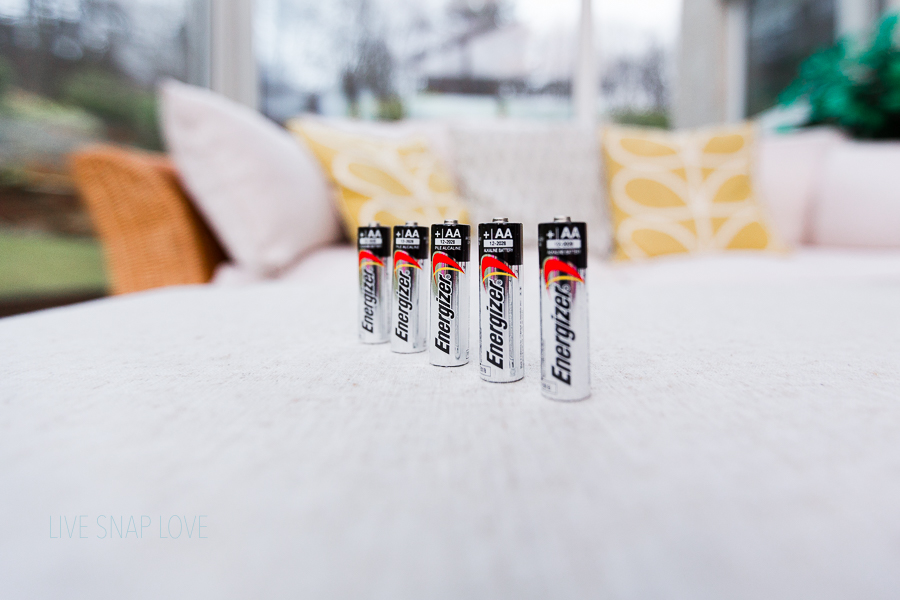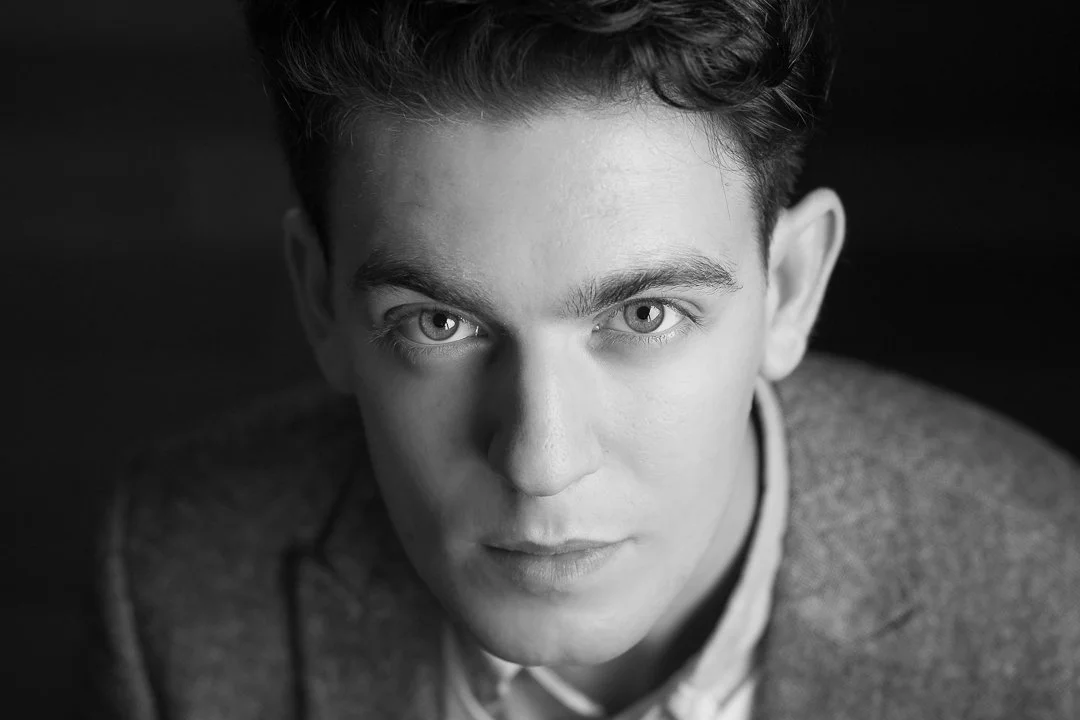How to Quickly Check The Focus of Lens for Front Focus or Back Focus Issue
Have you ever found yourself wondering if the reason your images are always slightly soft or out of focus could actually be down to your LENS?
I know I did! For a while, back when I was just starting out, I missed focus on so many of my images that I began to think that surely my lens MUST be broken.
There is nothing more frustrating than getting the perfect image only to find it is that teeniest bit out of focus, so if you have a nagging feeling that your lenses may be at fault, then there is something you can do: test your lenses to make sure that they are focusing where they should.
If nothing else, this quick test will put your mind at rest that everything is working properly, or, in the worst case scenario, make you aware of the problem so you can fix it!
So, when you’re ready, let’s dive into how to quickly check the focus of your lens for front or back focus issues.
What is front focus / back focus?
It’s pretty simple: When focus lands in FRONT of where you focused, instead of on your intended subject, this is referred to as front focusing.
If the focus falls BEHIND where you place your focus point, this is called back focusing.
In both cases the area that you focused on is slightly soft, but the area in front or behind is tack sharp.
Now, to be clear, the vast majority of the time this happens is down to user error.
If you are shooting wide open, and handholding the camera, then just you breathing can be enough to knock your focus of so that it lands in front or behind where you wanted it to.
But even at “normal” apertures, most people simply use the wrong focusing techniques or focus modes for what they are trying to photograph, which in turns gives them “soft” images.
In other words, it’s usually fixable simply by learning those things because the problem was YOU, not your lens 😁
However, in some cases, it can be your EQUIPMENT that’s at fault.
If your lens does this, it’s down to your lens and camera needing “calibrated” - this is when you get your lens and your camera to align themselves together on the correct focusing spot.
Without getting overly technical about this (y’all know how I hate that) here’s why that can help.
All cameras and lenses are manufactured to be with a certain range of accuracy. So, for example, your camera may back focus ever so slightly, but it’s within an acceptable margin. (NB This margin is usually quite small!) It could also be the same with your lens - it could front or back focus ever so slightly, but be within that “tolerance”.
Occasionally though, when you put two items together that are out by a little margin, you end up with a bigger problem. For example, you might have a camera that back focuses every so slightly (but still within the quality range). You may also get a lens that back focuses ever so slightly (again, still within acceptable ranges) Both on their own may be fine, It’s only when you put them TOGETHER that you get a problem, because they are BOTH back focusing - enough to take it out of that acceptable range.
(Does that make sense?!?!)
It’s also why a lens may be perfect on one person’s camera, but “off” on someone else’s.
Finally, there could also be a problem with quality control on the lens, and it was simply shipped without focus being in that acceptable range. This is rare with high quality lenses, because the quality control is usually pretty high, but as with anything in life, mistakes can happen. (Cheap lenses are a slightly different story - they simply don’t have the same stringent quality controls)
What you’ll need to test for front / back focusing on your lens
OK, so now that we know what front or back focusing IS, how can we tell if our lens and camera are A-OK together?
Well, you can do lots of complicated tests that involve buying / downloading a chart, or purchasing a lens calibration checker, but I ain’t got time for that all that kerfuffle, and I’m guessing you don’t either. So this method is super simple and will let you know if there is a problem. (If there is, you’ll need that fancy shancmy chart I spoke about, but this does is the simplest way to test!)
For this, you will need:
5 Batteries
A tripod (or at least something to keep your camera steady on, like a beanbag)
Grab those things, and make sure that you head to a room that has PLENTY of natural light. (You could in theory do this outdoors, but as weather could potentially be a factor, it’s safer to do this indoors)
A word of caution - you DO need to use a tripod if at all possible.
Remember what we said above about how just breathing could knock your focus off? Handholding your lens may show that you have front or back focusing issues, when in fact you don’t. The only way to know for sure is to use a tripod!!
How to check the focus of a lens
Now lay out your batteries in a diagonal line, each one going slightly behind and to the side of the other, like this:
You’ll want a small space between each battery too - leave about a space for another battery, maybe a little less. You can see a bird’s eye view of this set up here.
Nown, pop your camera on the tripod, and change to using single point focus (also called toggling) if you haven’t already done so. Choose the CENTRE focus point and place this over the middle battery.
By the way, this is a MUST - you can’t use Auto focus (where the camera chooses the focus point for you) as that could focus anywhere. YOU need to choose the focus point yourself in order for this to be accurate.
In an ideal world, you will be shooting in manual mode, but you can absolutely do this in Aperture Priority Mode too. (But note that you can’t do this in AUTO as you need to specify the aperture number yourself)
Set your Aperture, ISO and Shutter Speed.
Set your camera to the maximum aperture your lens will allow. This could be F1.4 or F2.8 or anything else. i.e the smallest F number available.
Use a shutter speed of at least 1/125 (but really, 1/250 or faster would be better)
Use the smallest ISO number possible, but if you need to, go higher to get good exposure.
This is why I recommend doing this in a room with plenty of natural light - so you can get that faster shutter speed and low ISO number.
Now, focus on the battery in the middle, and take a few images so you have a few samples to be sure you did it right……and…....(drumroll please…..)
Check your results!
It’s pretty much impossible to see this correctly on the preview screen on your camera, so upload the images to post processing software like Lightroom, and if need be, zoom in.
Look at the middle battery - the one you focused on. This should be sharp, and the battery in front and the battery behind should be blurred and out of focus, like this example below.
If it looks more like this (with the battery in front of the one you focused on more in focus) then your lens is FRONT focusing.
If it looks more like this (with the number behind more in focus) then your lens is BACK focusing.
Oh no! My lens is front focusing / back focusing! What now?
If you have more than one lens, you’ll need to test ALL your lenses.
Why?
Because you want to determine whether it is your lens, or your camera that is at fault.
If you only have a problem with one lens, it’s the lens that’s at fault.
If ALL your lenses have the problem, it’s more likely to be your camera.
You now have a few options:
If it is just one lens, you could simply send it back to the manufacturer and request a different version of the lens, and hope that the next one is better.
If you have a higher spec camera, you can do something called micro-focusing adjustments in camera (note: you won’t have this feature on entry to mid level cameras) This is when you can manually calibrate your camera to your lens - in other words, bring your lens and your camera together. You’ll need a calibration tool like the the Datacolor LensCal. You can do this with all your lenses if need be!
If the camera doesn’t have this feature, or the idea of doing it freaks you out (understandable!) you can send the camera and the lens to your camera manufacturer to do this for you.
The lens is focusing perfectly! What now?
In most cases, you’ll find that your lens is pretty darn spot on, in which case, if you are getting more soft images than you would like, be sure to learn the various focus techniques for different types of images.
Most people don’t do all the things I teach you inside my Auto to Awesome course, so if you want to get images so sharp you could slice your finger open on them, be sure to check it out. We have a whole MODULE on getting sharp images, plus modules on light, white balance, exposure, manual mode and composition, so we’ve got it all covered :-)
So make sure you sign up to our free training “Pro Tricks For Pro Level Photos” and find out exactly how to make your images look more like the pros! I’ll be sharing how to avoid the mistakes most people make along with some of my favorite tricks to instantly up-level your photos! Click here to learn more and save your seat!
Hold up! NOTHING looks like it is in focus! What now?
Then the most likely scenario here is that perhaps you didn’t wait for the confirmation beep that lets you know that your camera has gotten focus. The other reason could be that your lens is simply soft wide open. If you are using something like a Canon 50mm F1.8 or F1.4, then I can tell you that is probably the case, but that middle battery still should seem slightly sharper than the others.
Over to you! How did you get on?
I tested ALL my lenses, and all were focusing correctly. This wasn’t a great shock to me as my images are sharp for the most part, but I figured I’d test them whilst I had it all set up to show you. If you are a fellow geek like me and want to check out all my results, you can skip through them here:
Now it’s your turn! Whatever the result, comes back here and let me know how you got on in the comments below: Was your lens spot on, or did it front or back focus? Let me know!
























